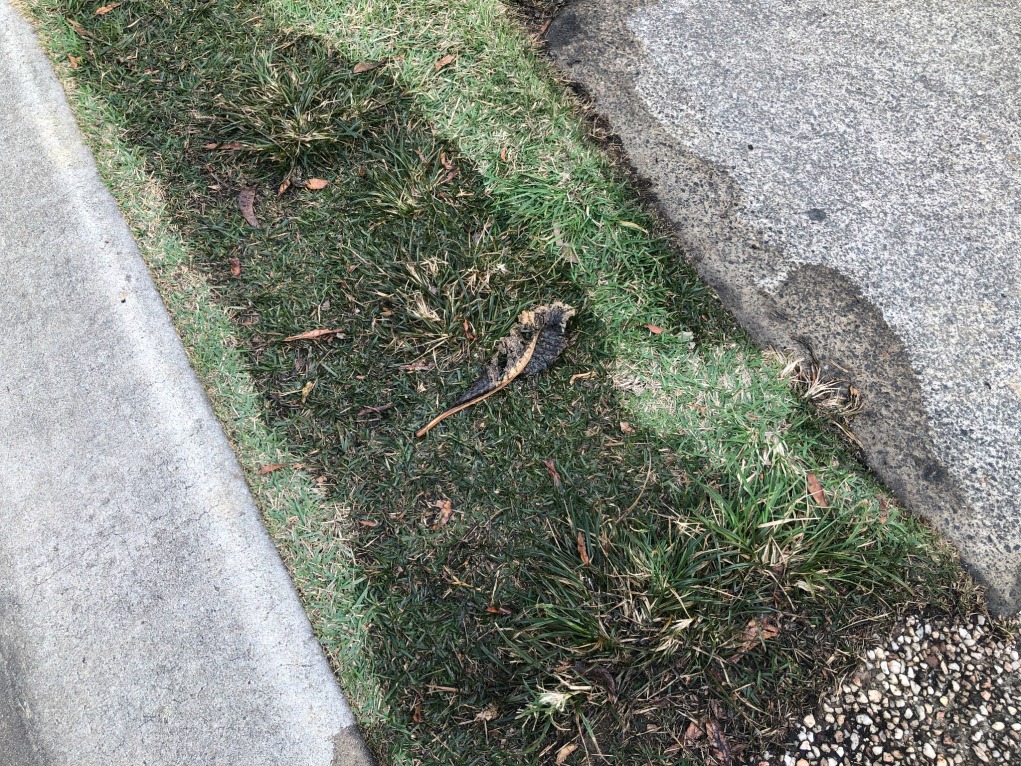We have stumbled on this post about Top leak detection hacks directly below on the net and believe it made perfect sense to relate it with you on my blog.

Early discovery of dripping water lines can minimize a possible catastrophe. Some tiny water leaks may not be visible.
1. Examine the Water Meter
Every residence has a water meter. Examining it is a proven manner in which helps you discover leakages. For starters, shut off all the water resources. Make sure no one will flush, utilize the faucet, shower, run the cleaning machine or dishwasher. From there, go to the meter as well as watch if it will alter. Since no person is using it, there should be no movements. If it moves, that suggests a fast-moving leak. Also, if you spot no changes, wait a hr or 2 and check back once more. This suggests you might have a sluggish leakage that could even be underground.
2. Examine Water Usage
Analyze your water costs as well as track your water intake. As the one paying it, you need to discover if there are any discrepancies. If you identify sudden changes, despite your intake coinciding, it suggests that you have leaks in your plumbing system. Keep in mind, your water expense ought to drop under the exact same range on a monthly basis. An abrupt spike in your costs shows a fast-moving leak.
A consistent rise every month, even with the exact same behaviors, reveals you have a slow leakage that's likewise slowly rising. Call a plumber to completely inspect your building, specifically if you really feel a cozy location on your flooring with piping beneath.
3. Do a Food Coloring Examination
When it pertains to water consumption, 30% comes from commodes. Test to see if they are running appropriately. Drop specks of food color in the storage tank as well as wait 10 minutes. If the color in some way infiltrates your dish during that time without flushing, there's a leakage in between the storage tank as well as dish.
4. Asses Outside Lines
Don't fail to remember to examine your outside water lines also. Test spigots by attaching a yard hose. Ought to water seep out of the connection, you have a loosened rubber gasket. Replace this as well as make sure all links are tight. If you've obtained an automatic sprinkler, it will help get it expertly analyzed and maintained yearly. One small leakage can throw away lots of water and also increase your water expense.
5. Examine the circumstance and also inspect
Homeowners must make it a practice to examine under the sink counters as well as also inside cupboards for any bad odor or mold and mildew growth. These two warnings show a leak so timely interest is required. Doing regular assessments, even bi-annually, can conserve you from a significant issue.
If you know your home is currently old, keep a careful eye on your heating units, hoses, pipes and so on. Look for discolorations and compromising as the majority of pipelines and devices have a life expectancy. They will certainly additionally normally deteriorate because of tear as well as wear. If you think dripping water lines in your plumbing system, do not await it to escalate. Call a professional plumber immediately so you do not end up with a horrible mess in your house.
Early discovery of dripping water lines can alleviate a possible catastrophe. Some little water leakages may not be noticeable. Examining it is a surefire means that aids you uncover leaks. One small leakage can throw away loads of water and spike your water expense.
If you think dripping water lines in your plumbing system, do not wait for it to escalate.
WARNING SIGNS OF WATER LEAKAGE BEHIND THE WALL
PERSISTENT MUSTY ODORS
As water slowly drips from a leaky pipe inside the wall, flooring and sheetrock stay damp and develop an odor similar to wet cardboard. It generates a musty smell that can help you find hidden leaks.
MOLD IN UNUSUAL AREAS
Mold usually grows in wet areas like kitchens, baths and laundry rooms. If you spot the stuff on walls or baseboards in other rooms of the house, it’s a good indicator of undetected water leaks.
STAINS THAT GROW
When mold thrives around a leaky pipe, it sometimes takes hold on the inside surface of the affected wall. A growing stain on otherwise clean sheetrock is often your sign of a hidden plumbing problem.
PEELING OR BUBBLING WALLPAPER / PAINT
This clue is easy to miss in rooms that don’t get much use. When you see wallpaper separating along seams or paint bubbling or flaking off the wall, blame sheetrock that stays wet because of an undetected leak.
BUCKLED CEILINGS AND STAINED FLOORS
If ceilings or floors in bathrooms, kitchens or laundry areas develop structural problems, don’t rule out constant damp inside the walls. Wet sheetrock can affect adjacent framing, flooring and ceilings.
https://www.servicemasterbyzaba.com/blog/how-to-detect-water-leakage-in-walls/

I found that blog post about Finding hidden leaks when doing a lookup on the web. You should take the opportunity to promote this post if you appreciated it. We cherish reading our article about Detecting hidden plumbing leaks.